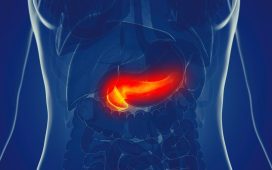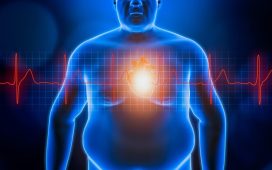Increased odds of major and severe congenital heart defects seen after assisted reproductive technology versus spontaneous conception
By Elana Gotkine HealthDay Reporter
WEDNESDAY, Oct. 2, 2024 (HealthDay News) — Congenital heart defects (CHDs) occur more often in children born after assisted reproductive technology (ART) than after spontaneous conception, according to a study published online Sept. 26 in the European Heart Journal.
Nona Sargisian, from the Sahlgrenska Academy at the University of Gothenburg in Sweden, and colleagues examined whether children conceived after ART have an increased risk for CHDs. All 7,747,637 liveborn children in Denmark (1994 to 2014), Finland (1990 to 2014), Norway (1984 to 2015), and Sweden (1987 to 2015) were included, of whom 171,735 were conceived after ART. Outcomes included major CHDs, severe CHDs, six hierarchical CHD lesion groups, and 10 selected major CHDs.
The researchers found that major CHDs were detected in 1.84 and 1.15 percent of children born after ART and spontaneous conception, respectively (adjusted odds ratio, 1.36). The highest risk was seen in multiples, regardless of conception method. Severe CHDs were identified in 0.35 and 0.26 percent of children born after ART and spontaneous conception, respectively (adjusted odds ratio, 1.30). Similar risks were seen for intracytoplasmic sperm injection and in vitro fertilization and for fresh and frozen embryo transfer.
“The findings of the current study should be conveyed to patients undergoing counselling before ART,” the authors write. “Although the risk for major CHDs is higher in children born after ART, the absolute increase in risks seems to be modest. This study also emphasizes the importance of single embryo transfer to avoid the increased risks in multifetal pregnancies.”
Copyright © 2024 HealthDay. All rights reserved.








